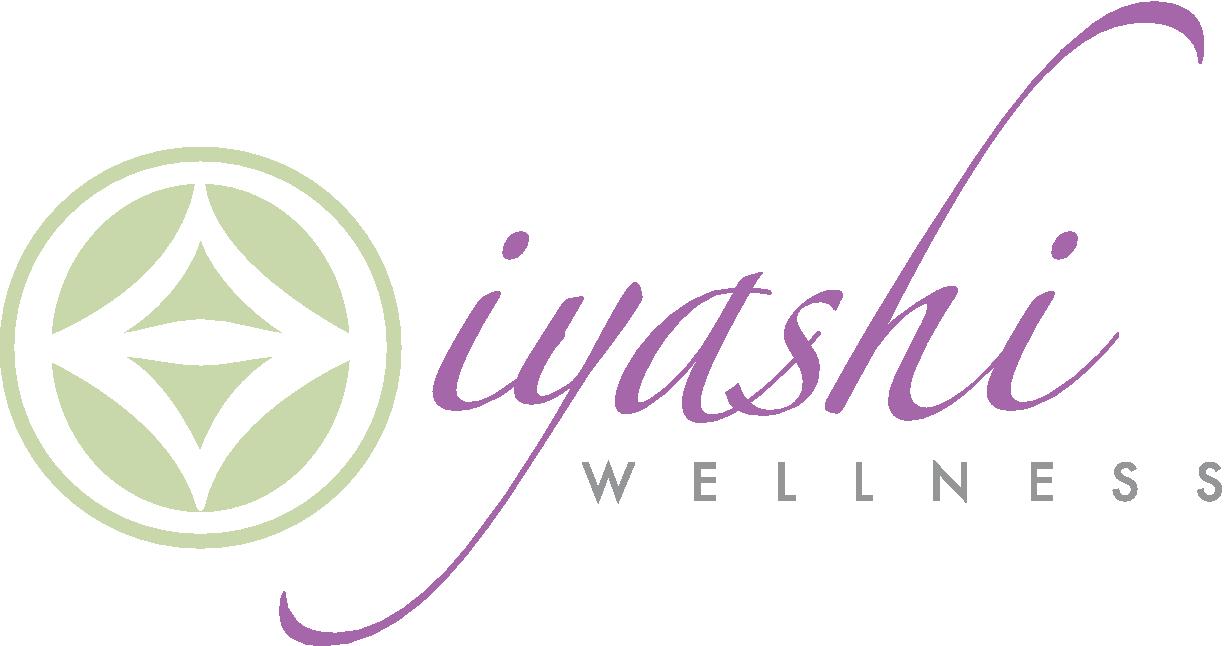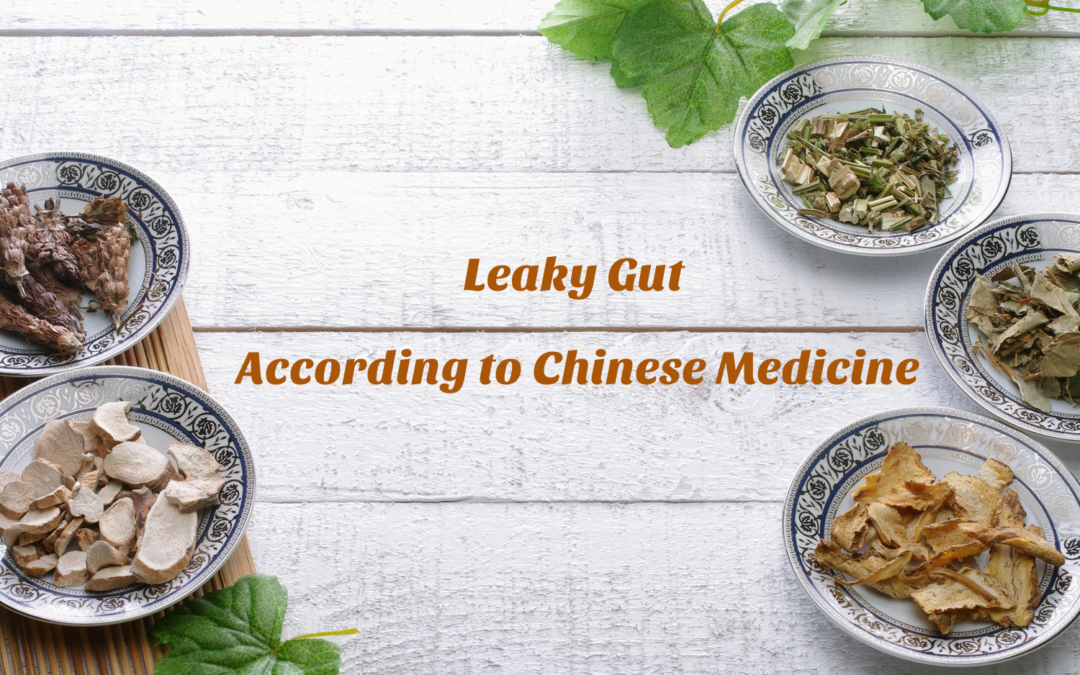This is Part 2 of my 12-Part Series on Leaky Gut and Family Health. Part 1: Leaky Gut: What Is it, And Do You and Your Child Have It? Part 3: The 4 R’s to Gut Healing: Removal (Step 1) Part 4: The Feingold Diet for Behavioral Problems Part 5: Real Food 101 Part 6: Autoimmune Paleo Protocol for Leaky Gut Part 7: The 4 R’s to Gut Healing: Replacement (Step 2) Part 8: Reinoculation Phase for Healing Leaky Gut Part 9: Repair Phase for Healing Leaky Gut Part 10: Challenges of Going Through Dietary Changes and How To Succeed Part 11: Raising Kids with Healthy Cravings and Part 12: Leaky Gut: Tying It All Together
In Chinese Medicine, we look at specific conditions in terms of pattern diagnosis as well as symptomatology. This means we take the Western diagnosis of intestinal hyperpermeability or “leaky gut” one step further to create a more personalized treatment plan for each individual patient. The way you experience leaky gut syndrome in your body is going to be slightly different from the way leaky gut manifests itself in another patient, and a skilled Chinese Medicine practitioner knows how to take this into account.
For instance, let’s say you’ve been on repeated rounds of antibiotics either as a child or as an adult. This tends to create a very “cold” environment in the digestive system. Your ability to digest and absorb nutrients can become compromised, yeast overgrowth can occur as a result of killing off beneficial bacteria, and pathogenic microorganisms may begin to harvest more energy from food. This can result in various symptoms such as weight gain, muscle loss, bloating, fatigue, sinus congestion, diarrhea, and irritable bowel syndrome. These symptoms usually begin to occur slowly over time after taking antibiotics, making it difficult to determine exactly when you started to feel unwell. A Chinese Medicine practitioner will usually identify these symptoms as a Spleen Qi and Yang deficiency, which basically means your digestive and immune systems have become weakened. Acupuncture and herbs that benefit Spleen Qi and Yang may be recommended.
If the condition of leaky gut with Spleen Qi and Yang deficiency persists for a long time without appropriate treatment, metabolic toxins can begin to accumulate in your body to produce new symptoms. This is when conditions such as brain fog, anxiety, poor sleep, attention deficit, food cravings, mood swings, and hormonal dysregulation can occur. In Chinese Medicine, this is seen as Spleen Insulting Liver, or Stagnation of Liver Qi and Blood. This basically means energy is not flowing freely throughout your body, and intermediate metabolites are not being being detoxified and excreted completely. (This is also considered a form of latent pathogen left in the system, wreaking on-going havoc to the body. For more on latent pathogenic factor, read here.) Blood tests may reveal high cholesterol, elevated levels of estrogen or testosterone, high cortisol (a stress hormone), or elevated liver enzymes. Acupuncture and herbs that move the qi may be recommended.
Oftentimes, no treatment is sought or the wrong treatment is applied and the condition of leaky gut continues to manifest in a different body system. It can eventually move on to affect the kidney system. At this stage, the patient can begin to feel completely exhausted. There could be chronic low back pain, knee pain, decreased willpower to succeed at work, dark circles or bags under the eyes, dry mouth, and an overall feeling of depletion. This is too often the final turning point in which the patient finally decides to seek help from a qualified Chinese Medicine practitioner. The patient feels like he or she has “tried everything” or has seen multiple doctors with no definitive answers and a long list of misdiagnoses. At this stage, proper nutrition and adequate rest are paramount in getting well and healing the gut. Moxibustion, as well as acupuncture and herbs to strengthen Kidney Qi, Yang, and Yin will likely be utilized too.
I recommend the classic four R approach to treating leaky gut, in addition to the Chinese Medicine prescriptions for each pattern diagnosis. The four R approach consists of (1) REMOVAL of wrong foods, (2) REPLACING a bad diet with Real Foods, digestive enzymes, hydrochloric acid, Chinese Herbs, and amino acids, (3) REINOCULATING the intestinal microbiota with prebiotics, probiotics, and fermented foods, and (4) REPAIRING the gut with substances such as L-glutamine, glycine, bone broth, colostrum, and Chinese Herbs.
Stay tuned as I explain in detail each step of the four R approach throughout the next articles in this series. The next article will discuss the first R: REMOVAL. It may sound like a daunting task — especially if you’re addicted to sugar. However, I will break it down into baby steps to make this step easier for anyone (even busy people) to do.

